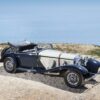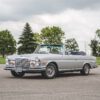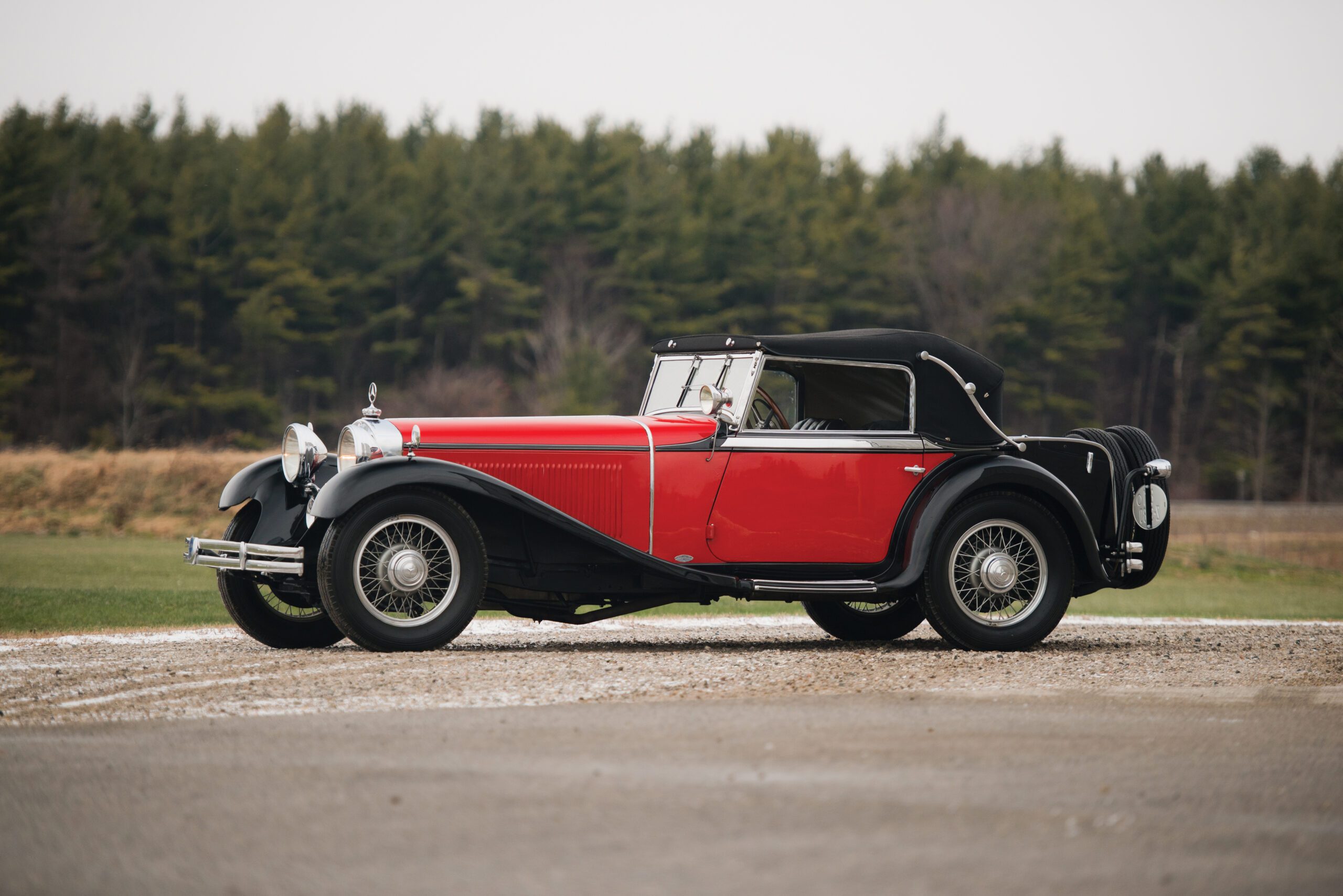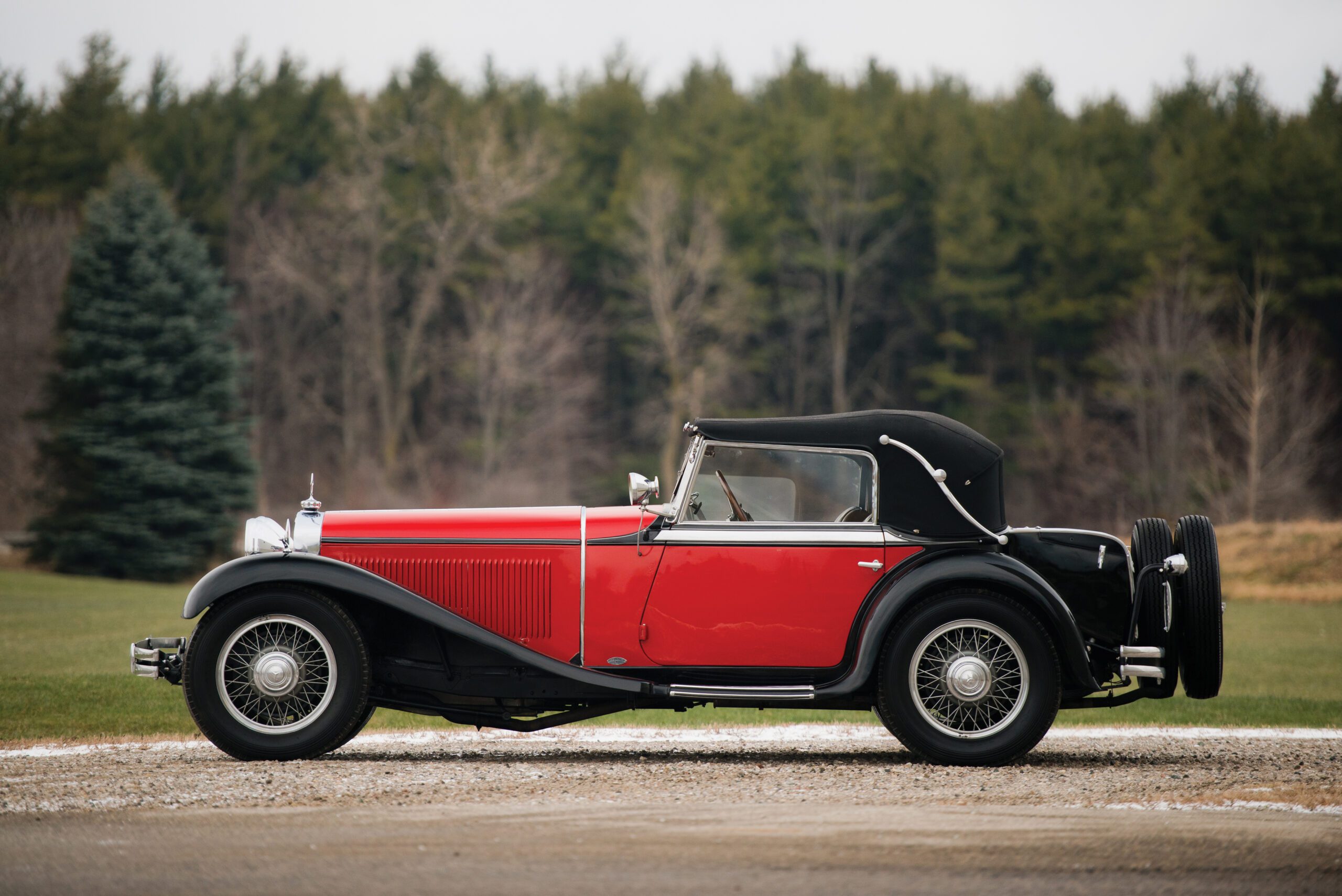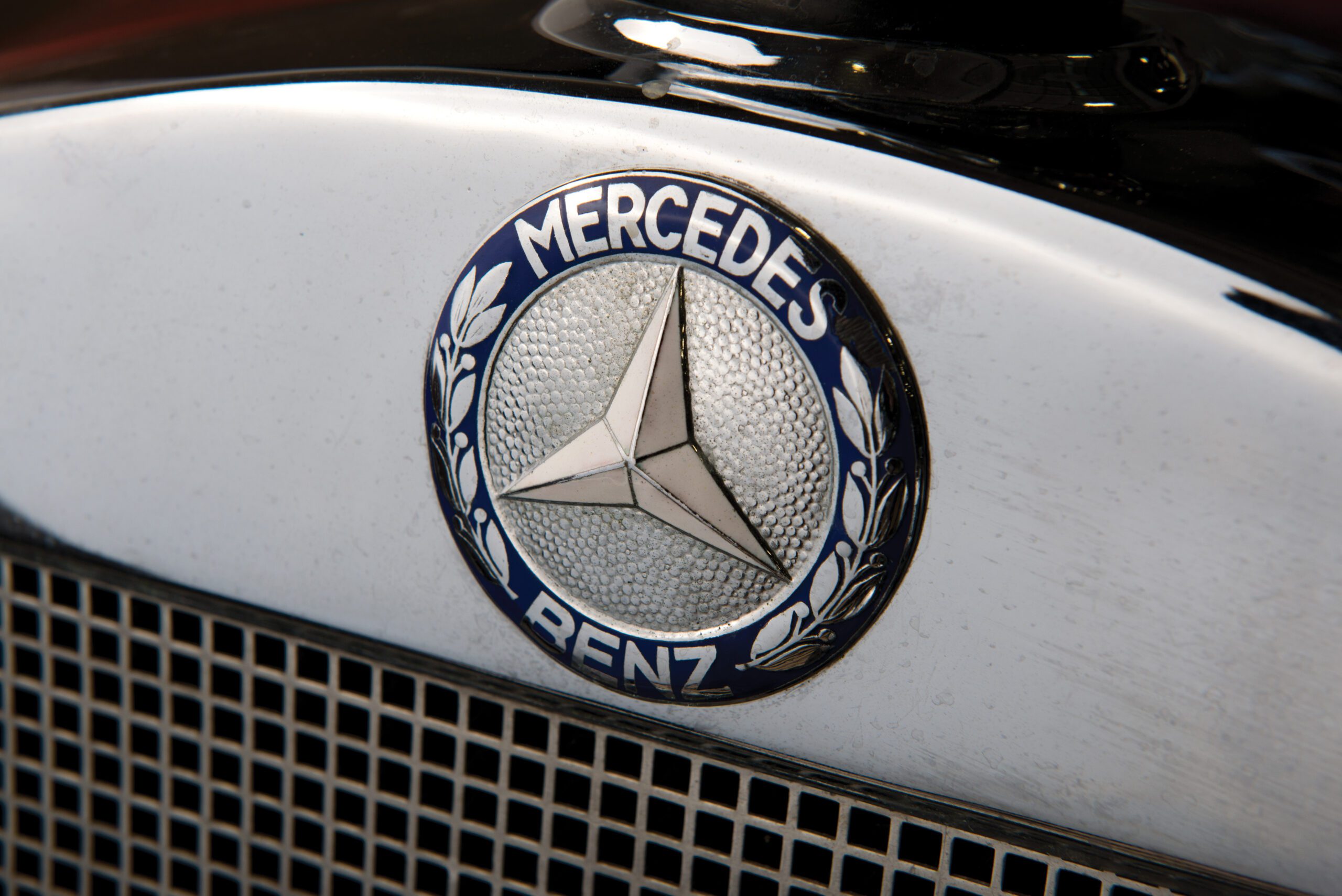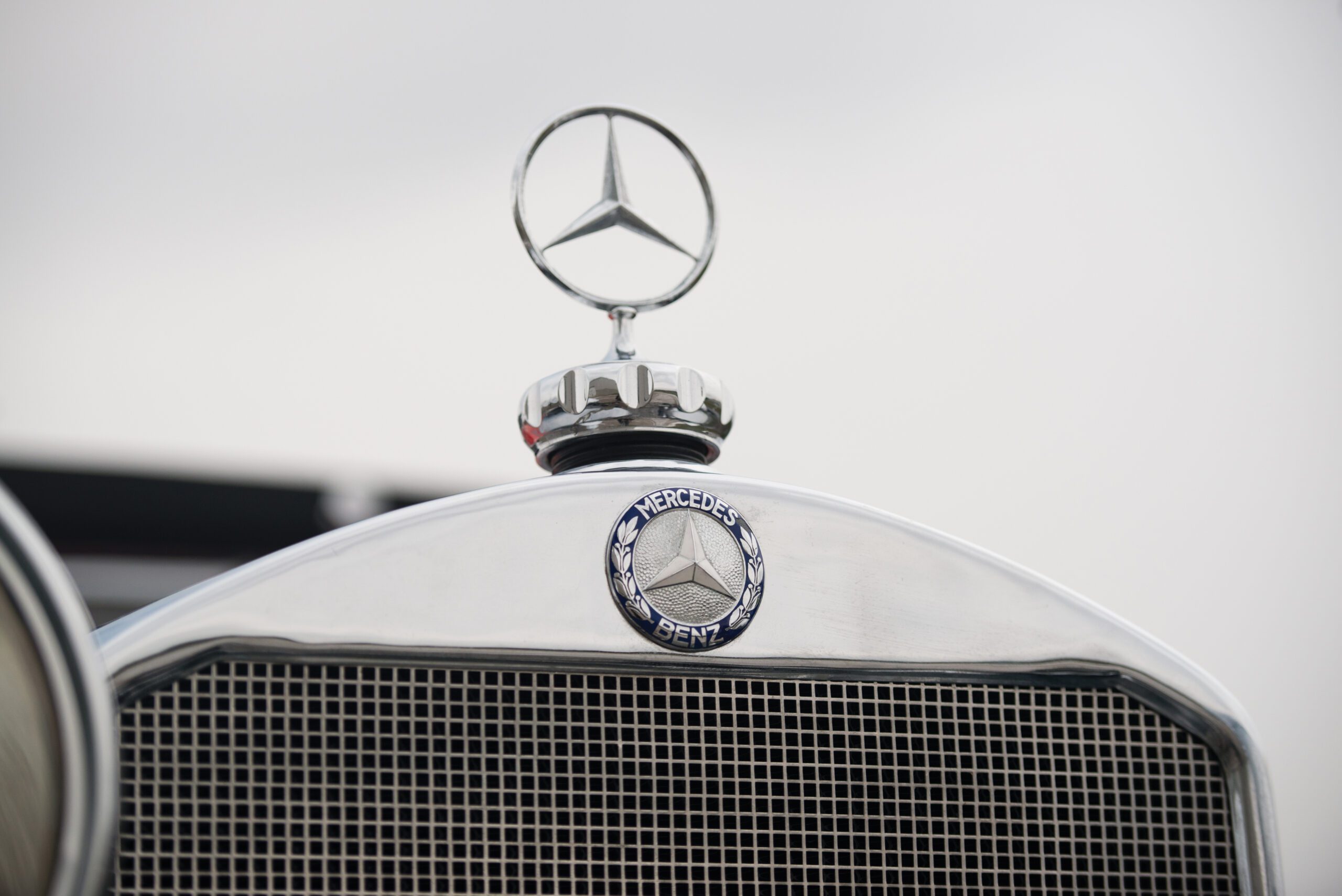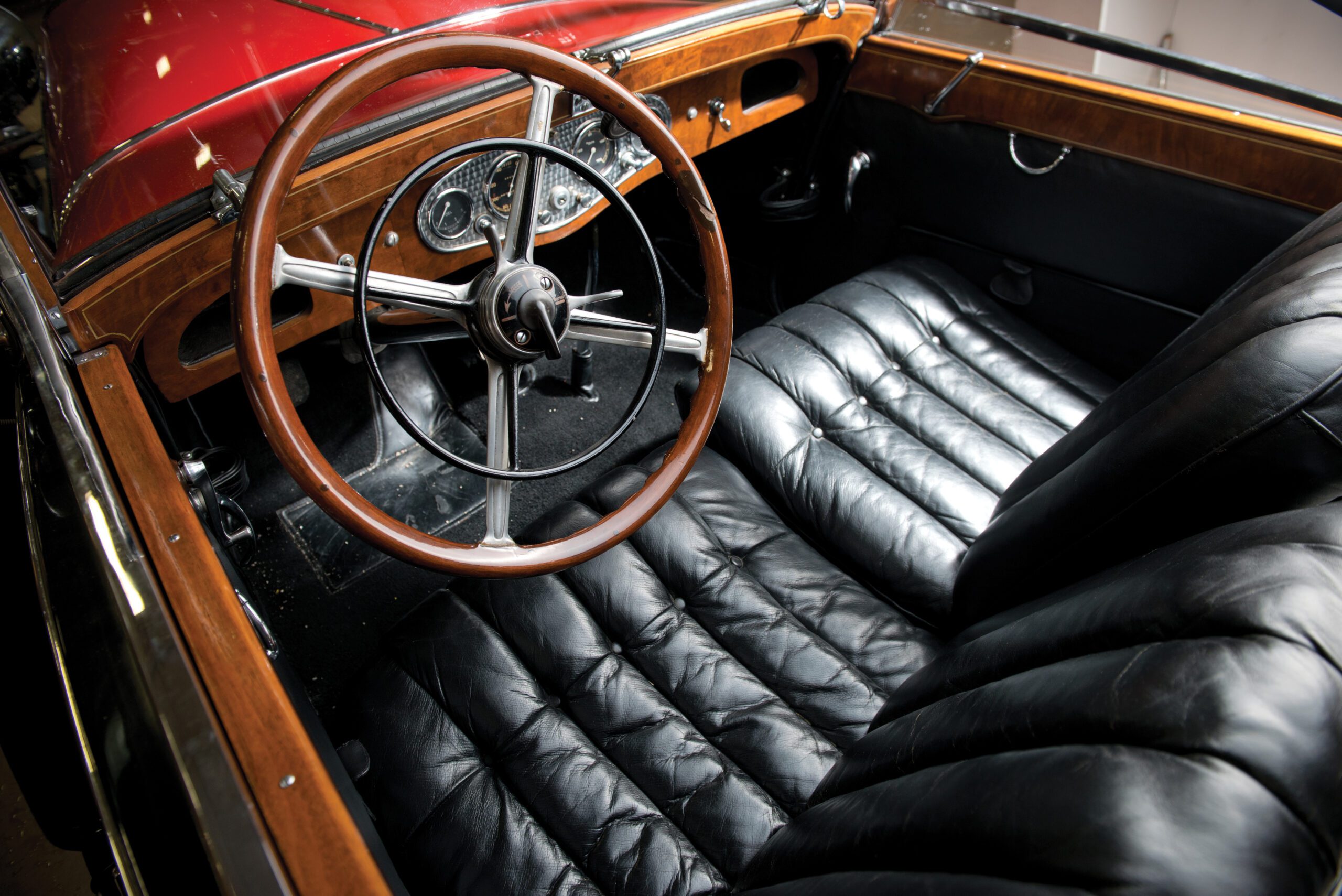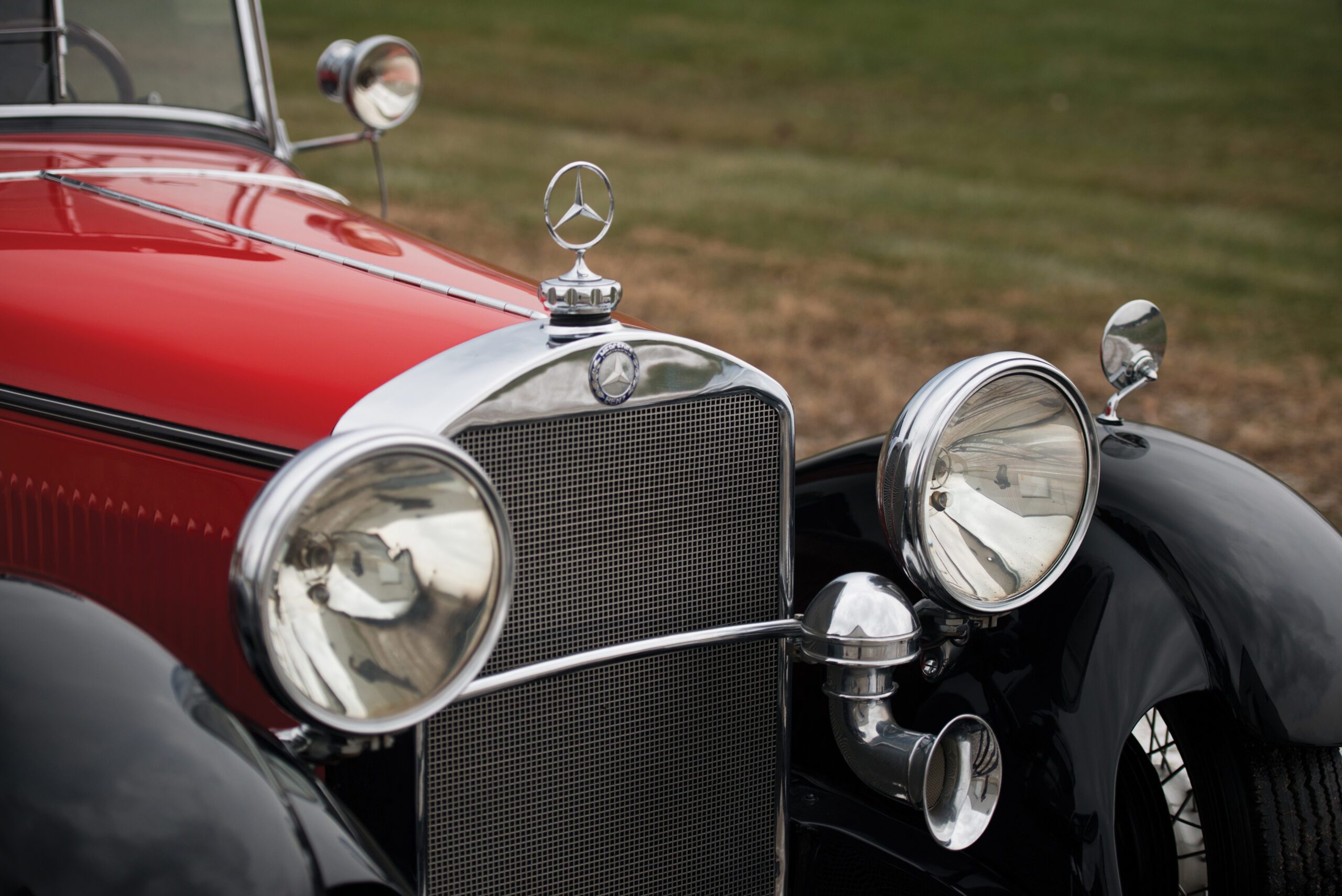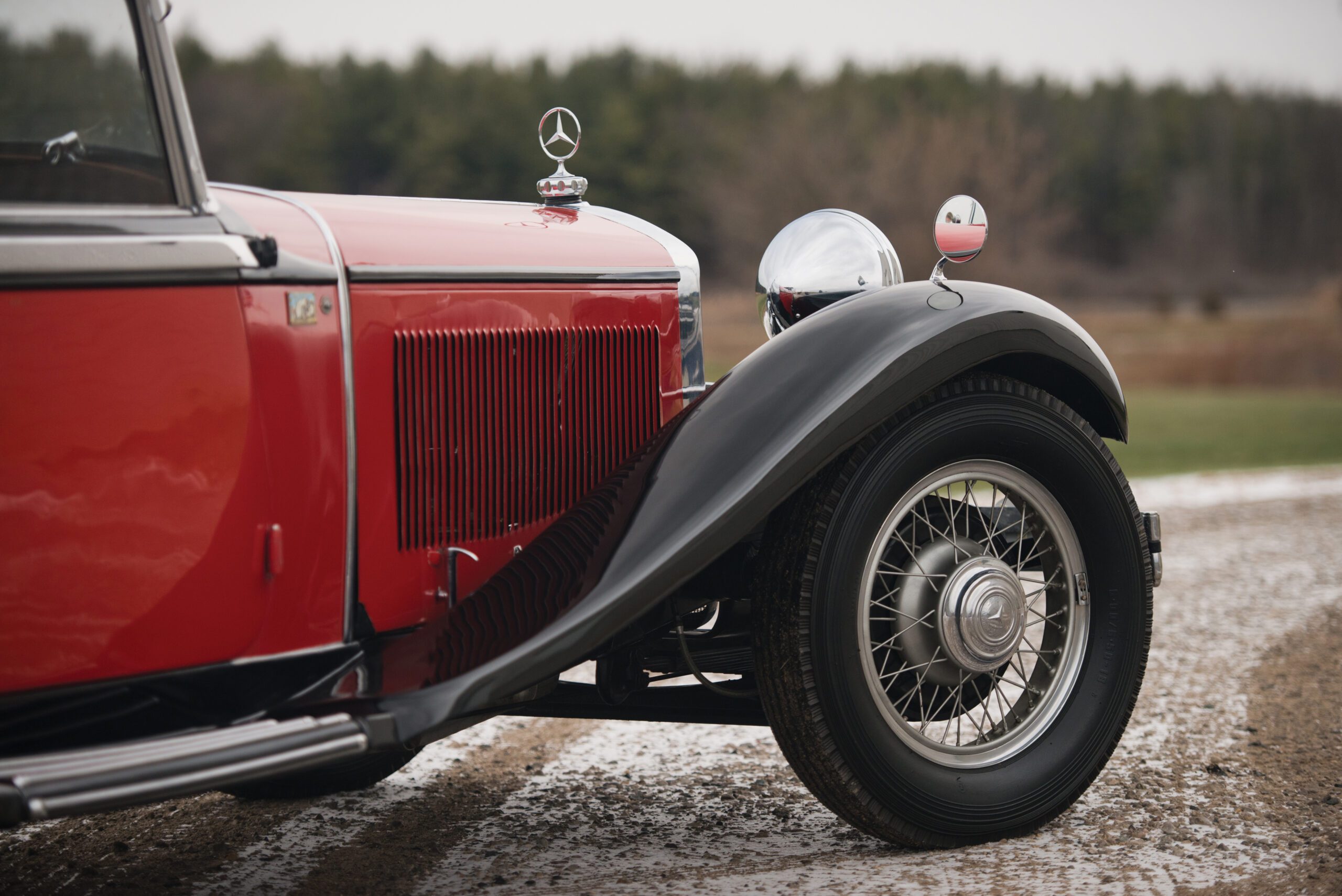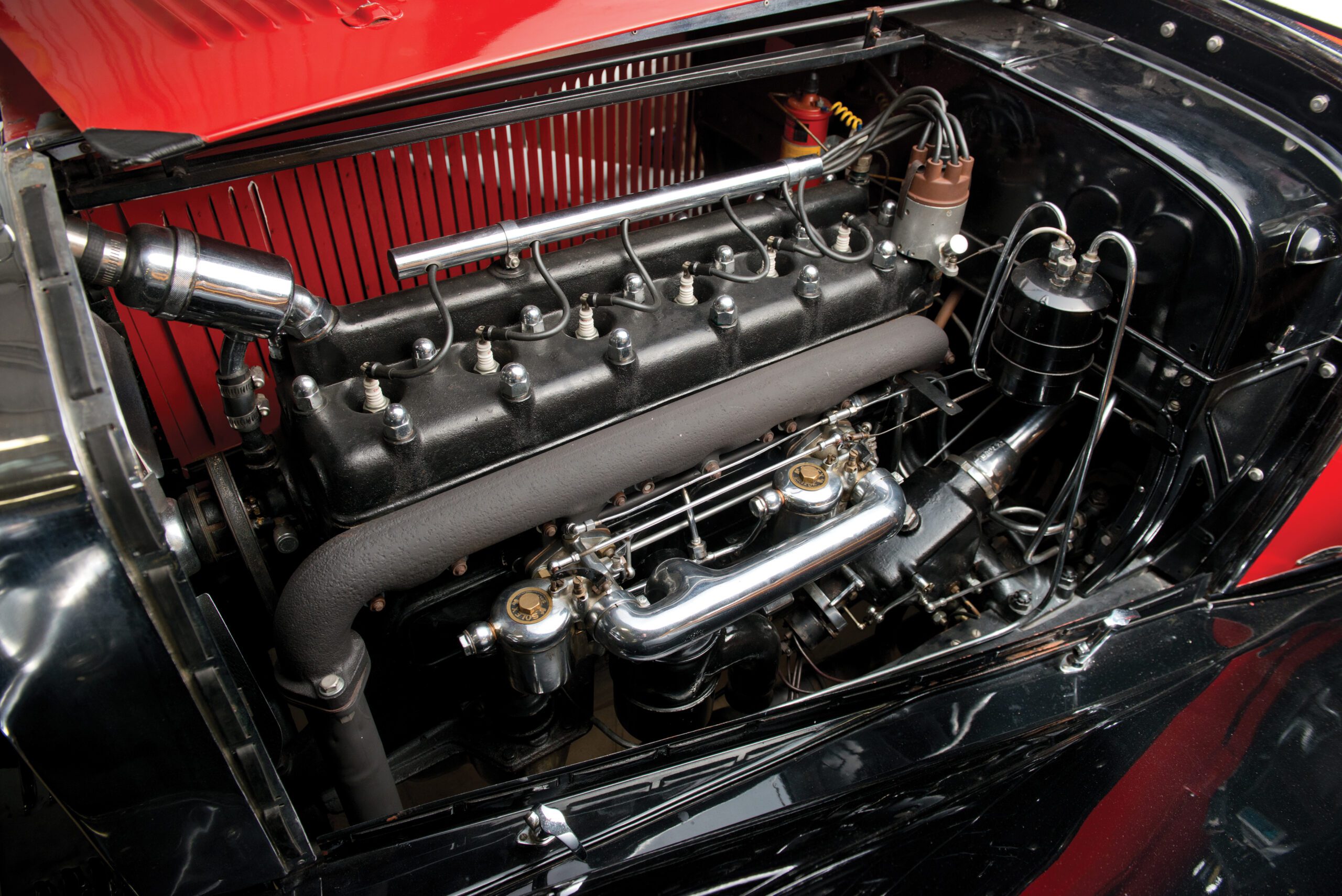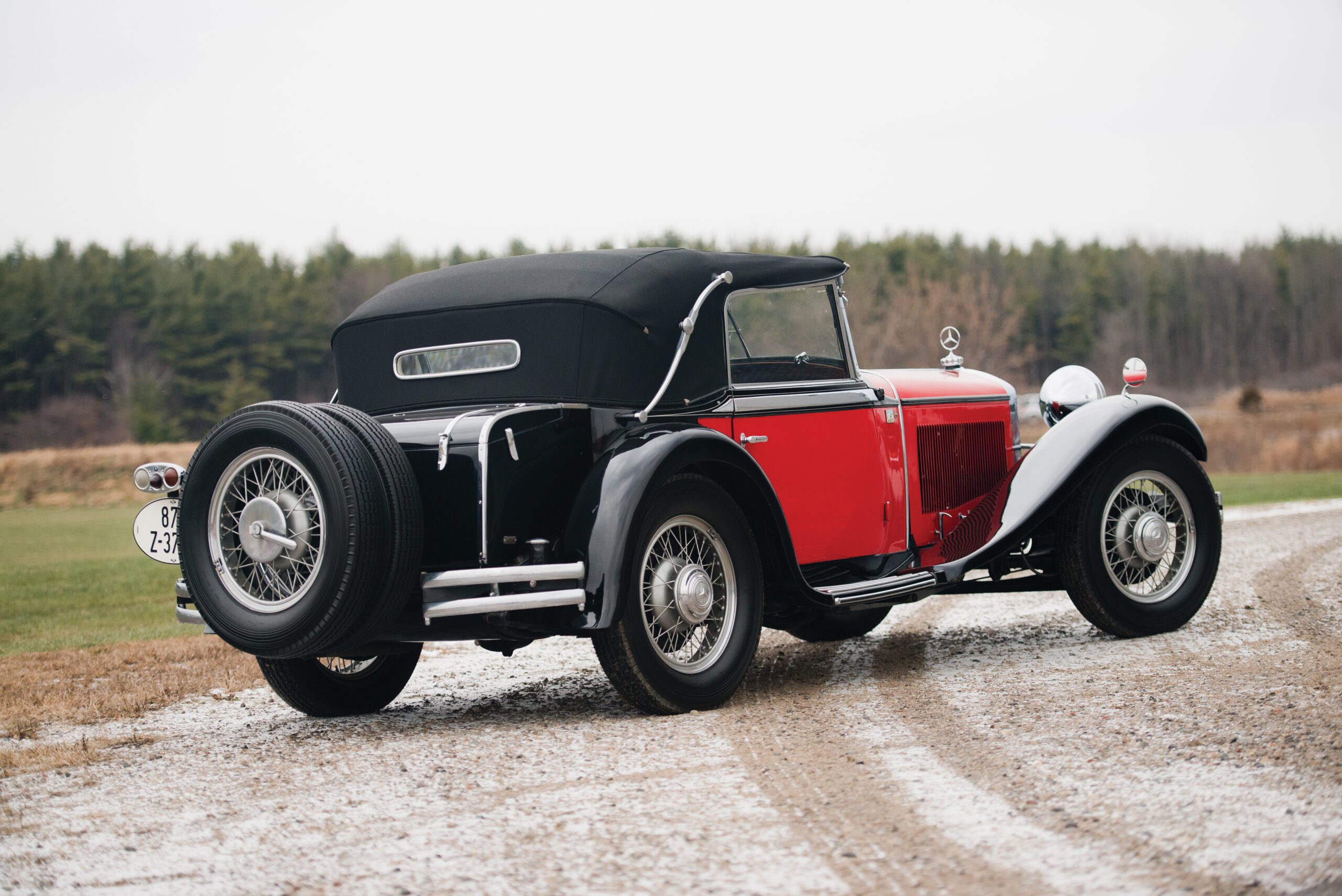After Daimler and Benz merged in June 1926, Hans Nibel, known for the legendary 200 horsepower ‘Blitzen Benz’, became the sole Technical Director on January 1, 1929, after sharing the role with Ferdinand Porsche. Despite the firm’s focus on large supercharged models, the more commercially significant ‘Stuttgart’ was pivotal.
Porsche’s inability to perfect this model led to his resignation in 1928. Nibel then revised the Stuttgart, which became central to Mercedes-Benz’s success. Nibel also enhanced Porsche’s Mercedes-Benz 300, unveiled at the 1926 Berlin Motor Show.
Initially massive and cumbersome, the 300 was transformed by Nibel into a smaller, lighter, and more stylish vehicle, named ‘Mannheim’. This new model included the 350 (3.5-litre, 14/70PS), the 370 (3.7-litre, 15/75PS), the 370 S, and the 370 K (short wheelbase).
The Mannheim was well-engineered but represented the end of old technology. It featured a six-cylinder, seven-bearing sidevalve engine, channel-section chassis with live axles, semi-elliptical springs, cable brakes, a three-speed floor-change gearbox, flat-fronted radiator, and artillery-type steel wheels. The 370 model reached speeds of 100km/h (62mph).
With Sindelfingen coachwork, the Mannheim came in various forms, including saloons, cabriolets, and roadsters. Production ended in 1933 with 1,896 units, only 195 of which were the 370 S. The ultimate Mannheim forms, the 370/380 S, featured a shortened chassis, twin-carburettor engine, overdrive gearbox, pointed radiator, and wire wheels, achieving top speeds of 130km/h (80mph).
Photos by Darin Schnabel courtesy of RM Sotheby’s



